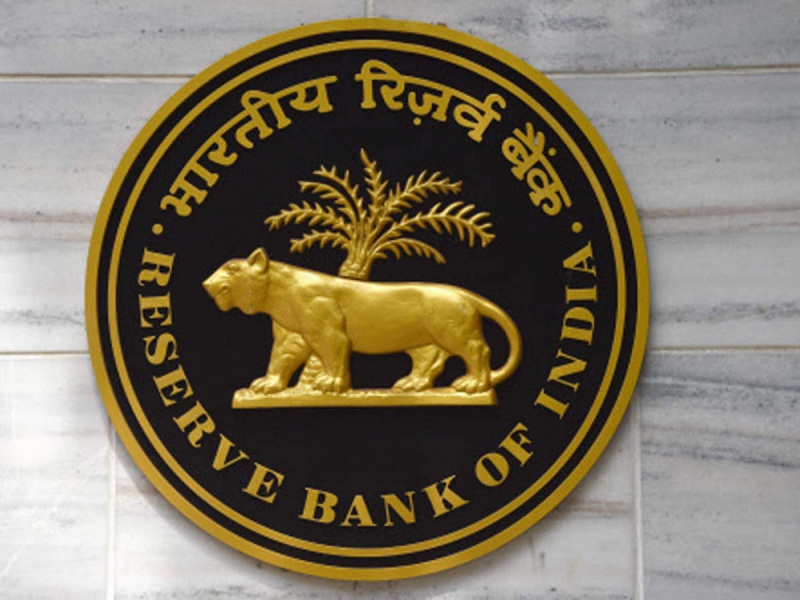With an aim of increasing fund flows to districts that have been excluded, the Reserve Bank of India (RBI) has revamped its priority sector lending (PSL) norms and doubled its limit for health infrastructure to Rs 10 crore, and Rs 30 crore for renewable energy. Loans of up to Rs 50 crore to startups (as defined by the industry ministry) also qualify as PSL, as per the recent norms.
As agriculture was the only sector that showed positive growth in the last quarter and expected to continue the growth trend in the coming quarters, the RBI decided to boost the credit flow to this segment and said targets specified for small and marginal farmers and weaker sections will be increased in a phased manner. Banks can now give loans up to Rs 5 crore to Farmer Producer Organisations (FPOs) and lend up to Rs 10 lakh to individual households for renewable energy generation.
While maintaining the overall priority sector lending target of 40 percent for local commercial banks, the target for lending to small farmers is improved from 8 percent their lending in 2020-21 to 10 percent by 2023-24 of and the target for lending to weaker sections increased from 10 to 12 percent. the overall target for urban co-operative banks will be increased from the existing 40 percent to 75 percent in a phased manner.
For setting up schools, drinking water facilities and sanitation facilities banks can lend up to Rs 5 crore. Post Covid-19, healthcare, sanitation and startups have emerged as priority areas and the government is keen to support these sectors. Clean energy is another focus area that has received attention in recent years.
“The inclusion of start-ups in PSL will reduce their cost of capital by allowing them better access to bank credit,” said S K Ghosh, group chief economic advisor at SBI.” Going forward, equity infusion will not be the only route to follow when start-ups need funds for working capital requirements, and this will greatly ease the risk of ordinary shareholders being wiped out due to ‘down-rounds’ ”
Moreover, the targets set for “small and marginal farmers” and “weaker sections” are being increased in a phased manner, also higher credit limit has been determined for Farmers Producers Organisations (FPOs)/Farmers Producers Companies (FPCs) undertaking farming with assured marketing of their produce at a pre-determined price, loan limits for renewable energy have been doubled. For the improvement of health infrastructure, the credit limit for health infrastructure, including those under ‘Ayushman Bharat’, has been doubled, as per the revised guidelines.” RBI’s revision in Priority Sector Lending guidelines will incentivize credit flow to specific segments like clean energy, weaker sections, health infrastructure and credit deficient geographies” said Krishnan Sitaraman, senior director, Crisil Ratings.
The revised guidelines factored in the recommendations made by the ‘Expert Committee on Micro, Small and Medium Enterprises chaired by former Sebi chief U.K. Sinha and the ‘Internal Working Group to Review Agriculture Credit’ chaired by deputy governor M. K. Jain apart from discussions with all stakeholders.

